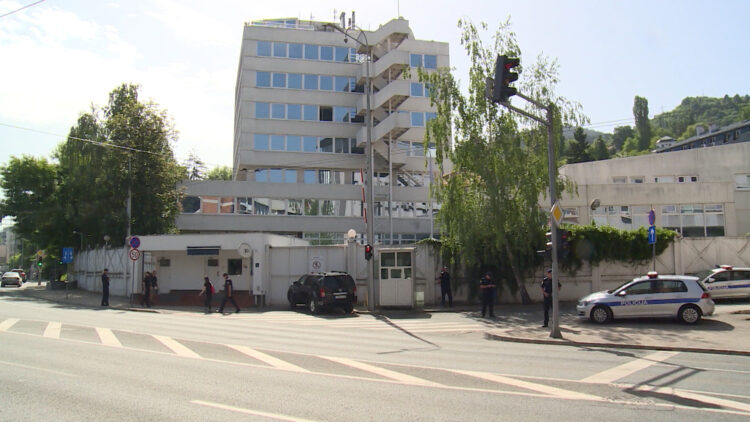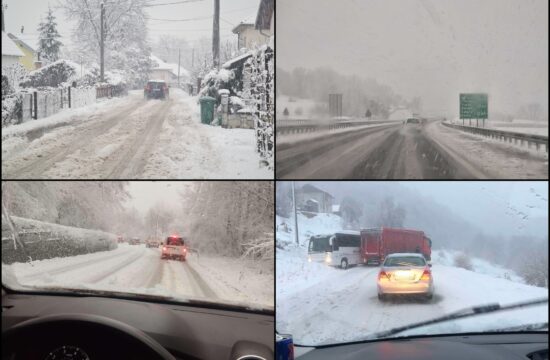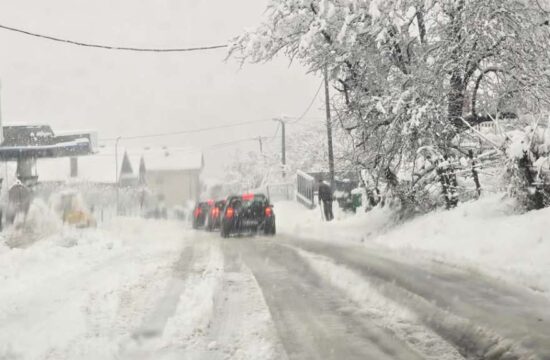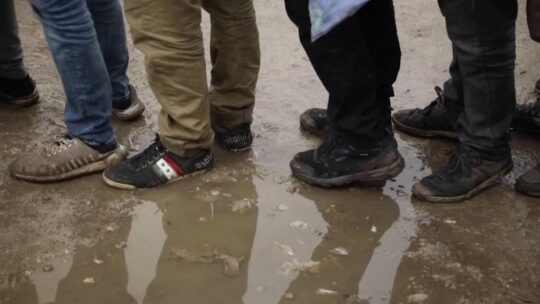
Revealing the identity of a protected witness is a crime according to Bosnia's Criminal Code, the international community special administrator office in the country told N1, following the news that some media outlets revealed the identity of a protected witness who accused the Prime Minister of Bosnia's Republika Srpska (RS) region of relocating mass graves.
“According to the Criminal Code of Bosnia and Herzegovina, revealing the identity or information that could lead to revealing of the identity of a protected witness is a criminal offence, the Office of the High Representative, in charge of overseeing the civilian implementation of the Dayton Peace Agreement which ended the 1992-1995 war in Bosnia, told N1, adding that “it is now up to the Prosecution to take legal action.”
A local investigative portal Istraga.ba published a text last week along with an audio recording from 2017 of a protected witness M-16 in the case of Miodrag Josipovic et al. saying that the current Prime Minister of Bosnia's Serb-dominated RS entity organized the transport of Bosniaks from Nova Kasaba village, near the eastern town of Srebrenica, to the location of their execution.
“Radovan Viskovic offered me money to relocate mass graves,” protected witness M-16 told the Court in 2017, Istraga.ba reported adding that the same witness gave exactly the same testimony in 2007.
Istraga.ba also noted that, to date, the Prosecution of has not prosecuted or marked Radovan Viskovic as a suspect. Back then, during the testimony of witness M-16, the Chief Prosecutor was the incumbent Gordana Tadic and prior to taking over as Chief Prosecutor, Tadic was head of the War Crimes Chamber, the portal wrote.
During the 1992-1995 war for the country's independence from the former Yugoslavia, Bosnia lost over 100,000 people, over 8,000 of which were lost in July 1995 in Srebrenica, when Bosnian Serb forces, which received financial and logistical support both from Serbian authorities and individuals during the war, overrun the then UN-protected zone of Srebrenica.
Their bodies were subsequently buried in primary, secondary and even tertiary mass graves in an attempt to hide the crimes and make identification of victims impossible. Thanks to state of the art DNA labs, all the bodies that were buried at the Memorial Centre were positively identified.
The bodies of victims that were not identified are still held in morgues waiting for their relatives to give their DNA samples. unfortunately, many have died before their loved ones were exhumated making it impossible to identify a small number of skeletal remains.
The International Criminal Tribunal (ICTY) for the Former Yugoslavia and the International Court of Justice later ruled that the massacre was an act of genocide.
International and regional courts have sentenced 45 people for what happened in Srebrenica to a total of more than 700 years behind bars.
Those who the ICTY sentenced to life imprisonment are Ljubisa Beara, Zdravko Tolimir, and Vujadin Popovic. But the most well-known alleged masterminds of what happened in Srebrenica are former Bosnian Serb politician Radovan Karadzic and ex Bosnian Serb general Ratko Mladic, and both have been sentenced for it but have appealed.
The first burial of genocide victims began at the nearby Potocari genocide Memorial Center in 2003. Since then, twenty collective funerals have been held and 6,652 victims of genocide have been buried. The buried victims of genocide were found at over 150 different locations, of which 77 were mass graves.
The youngest buried victim in the Srebrenica-Potocari Memorial Center is the newborn Fatima Muhic, and the oldest victim, Saha Izmirlic, was 94 years old at the time of the murder.




